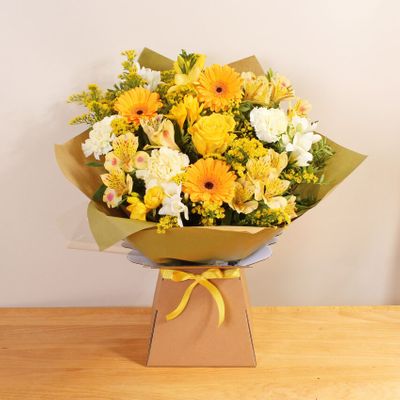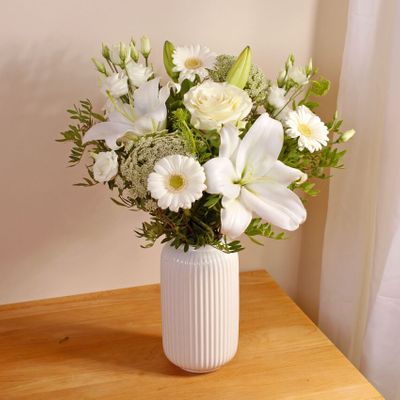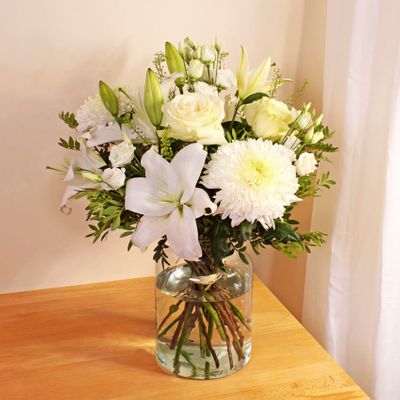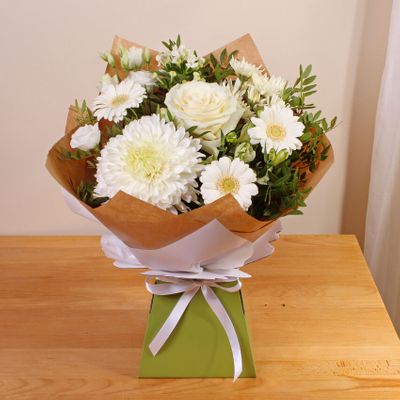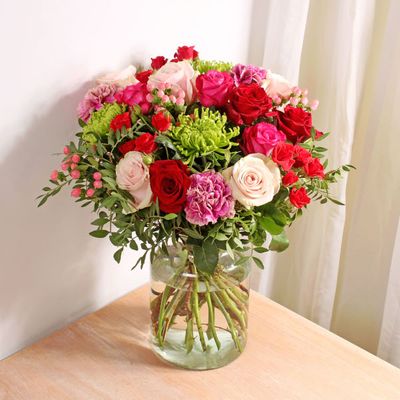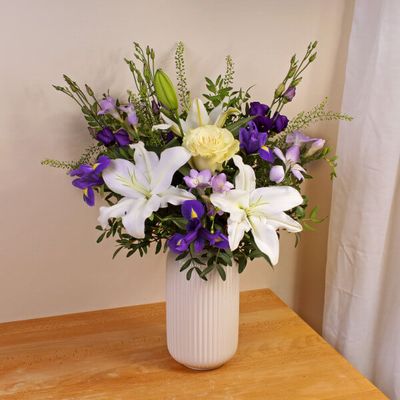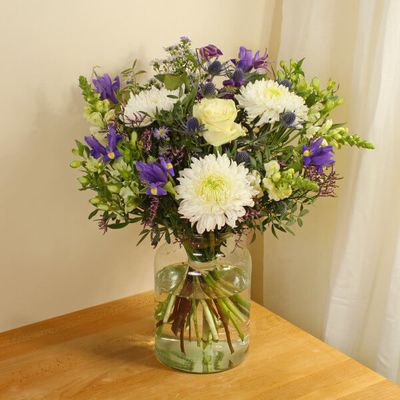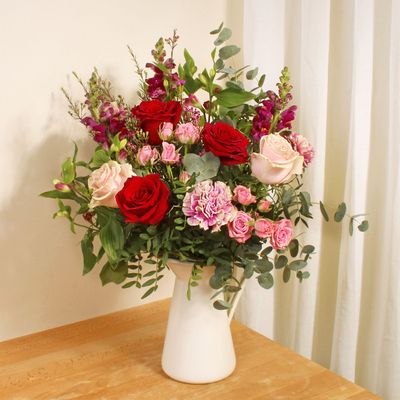At Oasis Flowers & Balloons, our team of dedicated, artisanal florists believe we can provide the flowers, bouquets or arrangements required to suit any occasion. Naturally, we are passionate about our work, but we are also passionate about the history and natural beauty of the town and region we live in. We find constant inspiration in the scenery on our doorstep, and believe that if we share that history, not to mention a brief overview of our surrounding area, we can inspire others, too. Therefore, our florists want to share their inspirations and passions to ensure that potential customers understand us a little better.
Located in the county of Worcestershire, Bromsgrove is a town with a population of approximately 30,000 and is the main town of the larger Bromsgrove district. The first documentation of the town was in the early 9th century, and during the Anglo-Saxon period the area had a woodland economy with the main occupations being hunting and pig farming. In the Middle-Ages it was a small market town and the centre of the wool and cloth trade. By the 18th and 19th centuries it was renowned for nail making. The town was also home to the Bromsgrove Guild for Applied Arts from 1898-1966. This company of master craftsmen made many fine works of ironwork and sculpture, including the gates of Buckingham Palace, the stature adorning the Fortune Theatre in Drury lane, the lifts on the Lusitania and the Liver Birds on the Royal Liver Building.
Despite the close links of the town to industry, the area is largely a rural one and this remains the case today. There are a large number of nature reserves in the surrounding area, not to mention numerous parks and gardens in Bromsgrove itself. Chaddesley Woods Nature Reserve is one of the most important natural sites in the area. It is thought that parts of the site have been wooded since the last Ice Age, 6-10.000 years ago, and the presence of flowers such as yellow archangel, herb paris and dogs mercury are indicators of ancient woodland. The ancient woodland dominates the eastern part of the reserve and is predominantly mature oak. The rare shrub species Midland hawthorn thrives here and can be identified by the two seeds contained in its berries as opposed to the normal one. The flowers and berries amongst the scrub attract numerous pollinators and invertebrates which in turn attract various bird species. The western part of the reserve is mostly planted woodland, although the conifers are gradually being removed to allow the reintroduction of native hardwoods that will attract summer migratory birds.
The premier bird watching site in the county is undoubtedly The Cristopher Cadbury Wetland Reserve at Upton Warren. Due to past underground brine extraction there is a collection of salt water pools, known as the Flashes, in the southern part of the reserve. The salt-tolerant and salt-dependent flowers and plants in this rare inland saltmarsh are home to a variety of insects which in turn attract rare species of wader such as Wilson’s phalarope, Temminck’s stint and black-winged stilt. To the north of the reserve are a series of freshwater pools, whose flowers and plants attract a different, yet abundant, variety of wildfowl and provide a breeding ground for common tern, oystercatcher and redshank.
Lickey Hills Country Park can provide inspiration for amateur and professional florists alike, being home to over 380 species of wildflowers and plants, and are a great reminder that diversity is imperative in maintaining a thriving natural area. The mosses and ferns here, not to mention the abundant bilberry bushes, provide habitat for various insects which together with butterflies and bees provide the staple diet for the larger wildlife found here.
It is no surprise that our team of artisanal florists find inspiration in their surroundings! We believe that we are the florists with the creativity, knowledge and experience to deliver your floral needs, whatever they may be. Oasis Flowers & Balloons also provide a one day delivery service so you will never be caught short.



